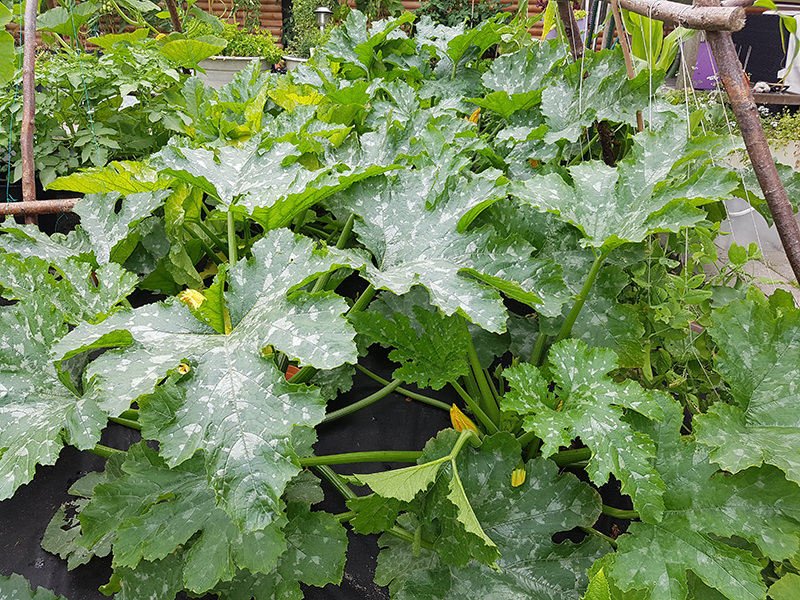
This summer, I knew that between my two jobs I’d be clocking 60 working hours a week. Still, as with every year, I wanted to have a productive vegetable garden. I needed a mode of cultivation that required the absolute minimum in terms of attention.
On a working trip to Italy, I stumbled upon an agricultural field that held the solution to my problem of being short on time, while rich in seeds, space and the desire to grow my own food: the field was covered in plastic mulch, using a growing strategy called plasticulture.

Normally this isn’t the most environmentally friendly gardening solution, as many agricultural plastics are one-time-use. To do plasticulture at home, however, I used polyethylene landscaping fabric, the kind that is supposed to last 20 years. I anticipate using the same plastic mulch sheets many times over.
Unlike soil solarization, which also used plastic sheeting, plasticulture is a method of growing crops. The goals are to physically (as opposed to chemically or mechanically) inhibit weed growth, prevent the evaporation of surface water, and create a warm microclimate of radiating heat from the black surface.

This year, I grew all my squash and pumpkins on landscaping fabric, irrigating and fertilizing them with aboveground clay pots, the drainage holes of which were aligned with holes in the fabric. The results have been impressive. Due to the lack of soil backsplash, I have yet to see common fungal problems, like powdery mildew, crop up. Additionally, the plants have grown rapidly, due in no small part to the warm microclimate the radiating heat of the black landscaping geotextile exudes after absorbing the sun’s rays.
Although home plasticulture may not be the most traditional—or even the most attractive—way to cultivate a vegetable garden, it is certainly a good solution for those of us who are pressed for time to do the regular work of weeding and watering.




